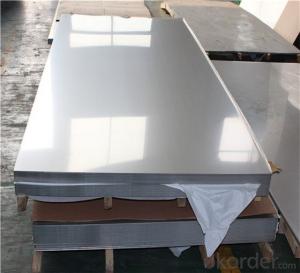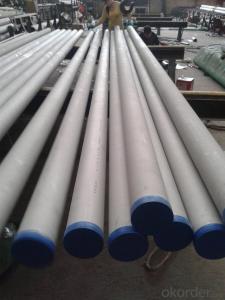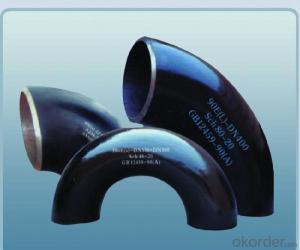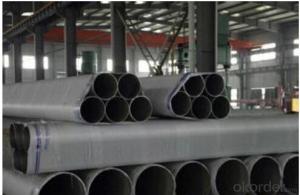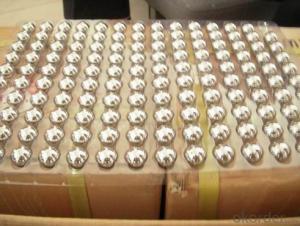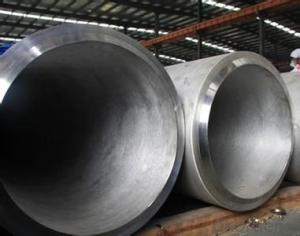Stainless Steel Crown
Stainless Steel Crown Related Searches
Best Paint For Stainless Steel Blanket Insulation For Steel Buildings Primer For Galvanized Steel Foam Filter For Stainless Steel H S Code For Stainless Steel Surface Grinding Wheels For Stainless Steel Surface Grinding Wheels For Hardened Steel Hole Saw For Stainless Steel Paint For Stainless Steel Stainless Steel For BbqHot Searches
Steel Mesh Panels For Sale Price For Stainless Steel Scrap Scrap Price For Stainless Steel Price For Stainless Steel Stainless Steel Tank For Sale Stainless Steel Sheets For Sale Cheap High Tea Sets For Sale Stainless Steel Tanks For Sale Stainless Steel For Sale High Density Fiberboard For Sale Solar Hot Water Collectors For Sale Scaffolding For Sale In Uae Scaffolding For Sale In Ireland Scaffolding For Sale In Houston Type Of Inverter For Solar Price Of Shipping Containers For Sale Types Of Inverter For Solar Stock Price For Aluminum Used Solar Inverter For Sale Steel Mesh Panels For SaleStainless Steel Crown Supplier & Manufacturer from China
Okorder.com is a professional Stainless Steel Crown supplier & manufacturer, offers integrated one-stop services including real-time quoting and online cargo tracking. We are funded by CNBM Group, a Fortune 500 enterprise and the largest Stainless Steel Crown firm in China.Hot Products
FAQ
- One of the disadvantages of using tinplate in packaging is its susceptibility to corrosion. Tinplate can rust when exposed to moisture and other corrosive elements, which can compromise the integrity of the packaging and potentially contaminate the product. Additionally, tinplate is relatively heavy compared to other packaging materials, which can increase transportation costs and carbon footprint. Lastly, tinplate is not as malleable as other materials, limiting its versatility in certain packaging designs.
- Tin cans in what way sterilization good ah
- Meat and pepper 1KG or so is tinplate packaging, it is best to use water bath sterilization pot, water bath spinning the best.
- The thickness of tinplate directly affects its strength. Generally, a thicker tinplate will have higher strength and rigidity compared to a thinner tinplate. This is because the increased thickness provides more material to resist deformation and withstand external forces. Thicker tinplate can also offer better protection against impacts and punctures, making it suitable for applications that require enhanced strength and durability.
- The typical lead times for tinplate tooling can vary depending on various factors such as the complexity of the design, size of the tooling, and the workload of the manufacturer. However, in general, lead times for tinplate tooling can range from a few weeks to a couple of months. It is important to communicate with the manufacturer or supplier to get a more accurate estimate based on your specific requirements.
- The main applications of tinplate in the tobacco industry include the production of cigarette packaging, such as cigarette boxes and tins. Tinplate offers excellent protection against moisture, light, and air, helping to preserve the quality and freshness of tobacco products. Additionally, tinplate's durability and malleability make it ideal for creating intricate designs and embossing, enhancing the aesthetic appeal of tobacco packaging.
- Yes, tinplate can be used for chemical storage containers. Tinplate is a type of steel coated with a thin layer of tin, which provides excellent corrosion resistance. This makes it suitable for storing various chemicals as it helps to prevent chemical reactions and preserve the integrity of the container.
- Tinplate does not directly affect the sound quality of musical instruments. The sound quality primarily depends on the construction, materials, and design of the instrument itself, such as the type of wood used, the shape, and the craftsmanship. Tinplate may be used for aesthetic purposes or as a protective coating, but it does not significantly impact the sound produced by the instrument.
- The main differences between tinplate and tinplate laminates lie in their composition and functionality. Tinplate is a steel sheet coated with a thin layer of tin, providing excellent corrosion resistance and a shiny appearance. On the other hand, tinplate laminates consist of a layer of tinplate combined with other materials like paper, plastic, or film. These laminates offer enhanced properties such as improved barrier protection, flexibility, and customization options for specific packaging needs. Overall, tinplate laminates offer a wider range of applications and versatility compared to traditional tinplate.





















